1. The process to make most mayonnaise begins with the chicken (not the egg) in labs where teams of highly trained geneticists design hens best suited for laying eggs.

2. Once they have hatched, male chicks are separated from the females and fed through a high-speed grinder.
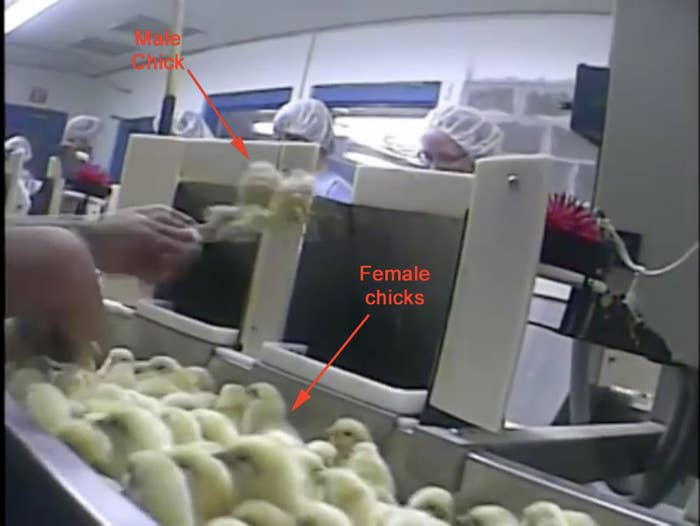
3. Young female chicks have their beaks trimmed before being moved into small cages.
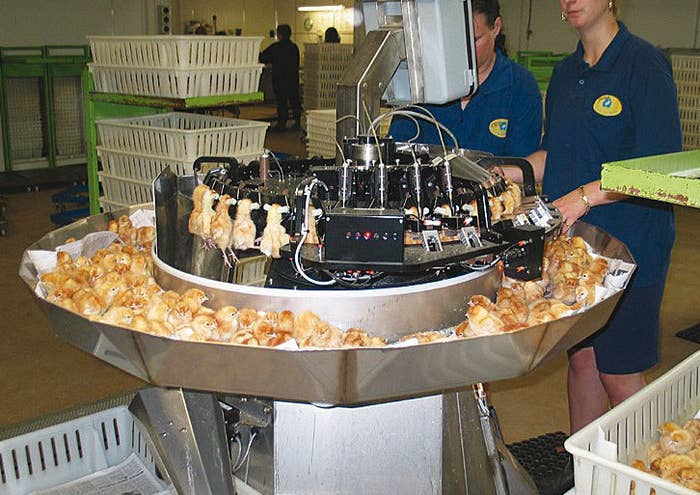
4. About 80 million eggs, or about 1% of the 8 billion produced annually in the U.S., are used to make commercial mayonnaise.

5. Once the eggs have been collected and liquified, they are sent to be processed. This video shows how tanks of liquid eggs, soybean oil, vinegar, salt and other spices, are turned into mayonnaise.
6. Last year, Americans bought approximately 177 million gallons of mayonnaise — enough mayo to fill 268 Olympic size swimming pools or two-thirds of the Empire State Building.

7. In 2013, Americans spent $2 billion on mayo, more than on any other condiment including ketchup.
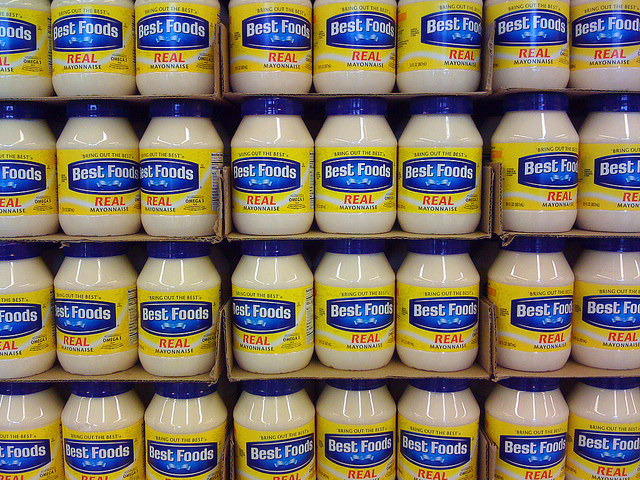
8. Even if you say you don't like mayonnaise, it's possible that it's in some of your favorite foods.
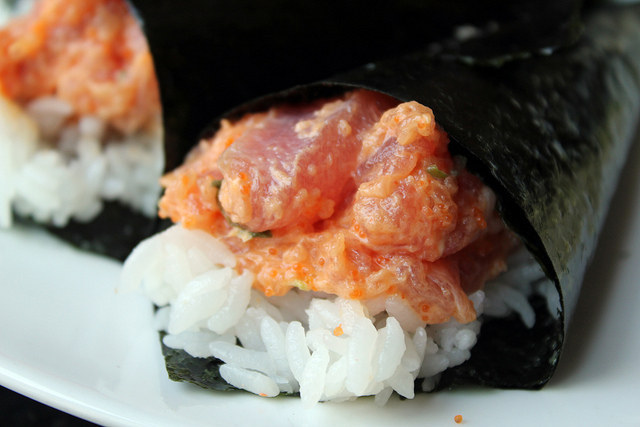
9. Mayonnaise is not as bad for your health as you might think — if you control the portion size.
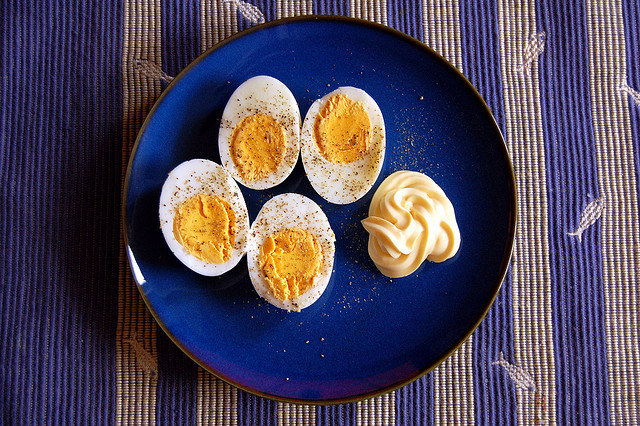
10. Unlike many other foods marketed to dieters, low-fat mayo is actually a healthier choice.
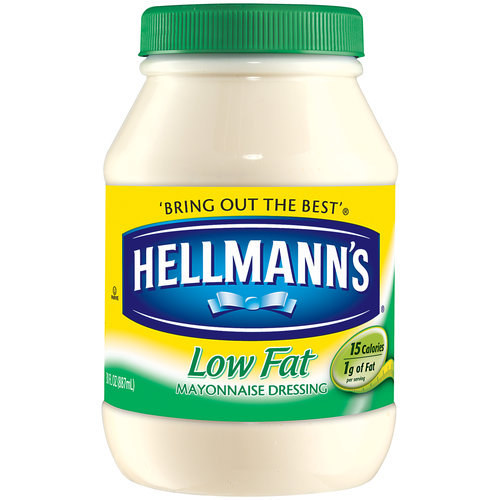
11. Egg-free mayonnaise not only exists, it actually tastes good.

